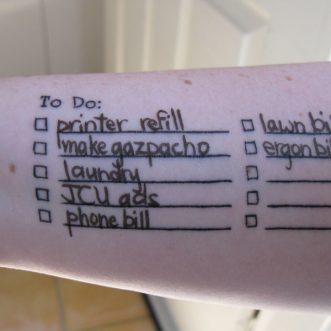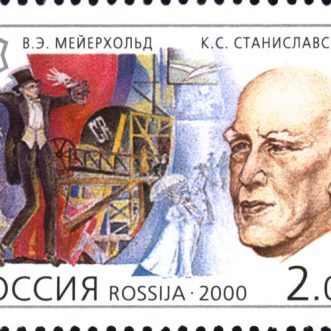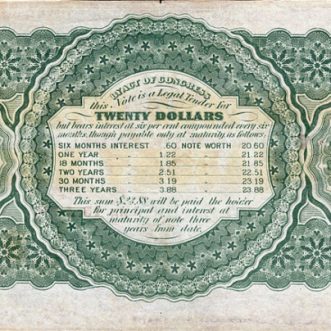November 16, 2020
The trick to building a business that can scale profitably and last longer than you, is to stop managing people and empower them to manage themselves.
You can support the transition from supervision to responsible autonomy with a framework that works like handrails – supportive, available when you need them, but not overly constricting. I call this framework your ‘Customer Experience Score’.
Another way to think of it, that might be useful for you, is as a set of services that your team use to deliver on what the business does. In this mini-series of blogs, I’m working through the principles outlined in this brilliant book by Lou Downe “Good Services” as a way of exploring this idea.
Principle number 5 makes a lot of sense: “a good service works in a way that’s familiar.”
But.
What exactly does ‘familiar’ mean? The way we’ve always done it? The way everyone else does it? The way a 70-year-old expects it to happen? The way an 8-year-old expects it to happen?
I think in the end, the answer is that however you deliver it, (and there may well be more than one way) it should always feel like it is being delivered by your business. even if – especially if- it also reminds them of something else. Buying from a physical shop is a familiar experience, but Apple has it’s own way of delivering that. Buying online is familiar, but as you’d expect Apple very much has it’s own way of doing that too.
Every service your users run for the people you serve should be recognisably similar to the way your business does everything. In other words it should be congruent with your business’s unique Promise of Value. That doesn’t just reinforce the Promise for customers and clients, it reinforces it for your team too. They’ll be able to tell you when something jars before your customers do.
By all means make your services rhyme with what’s already out there. But the real trick is to build familiarity with your unique way of doing things, so your business becomes an old friend people turn to instinctively.
The right kind of familiarity breeds connection.









